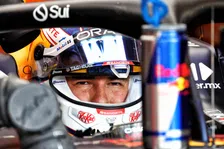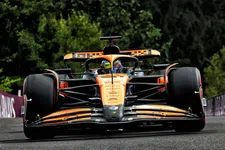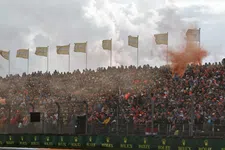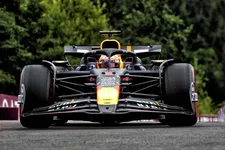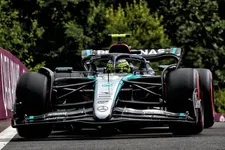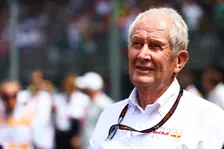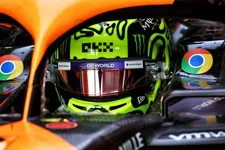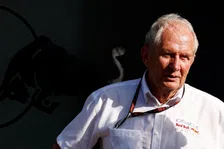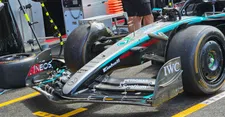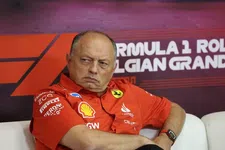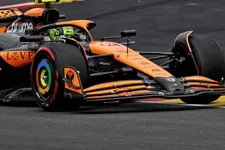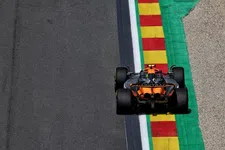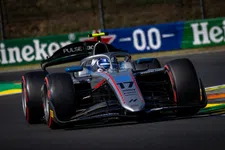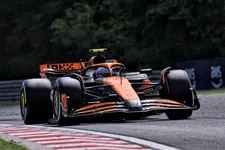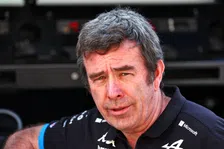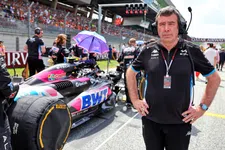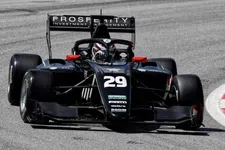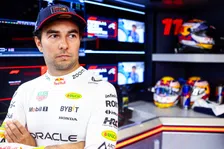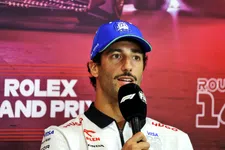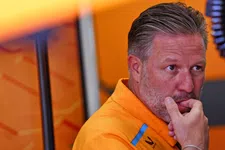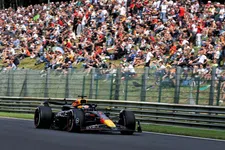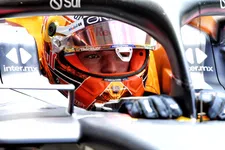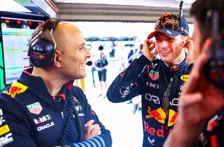Hardly any drivers advancing to Formula 1: Is F2 still useful?
Interview
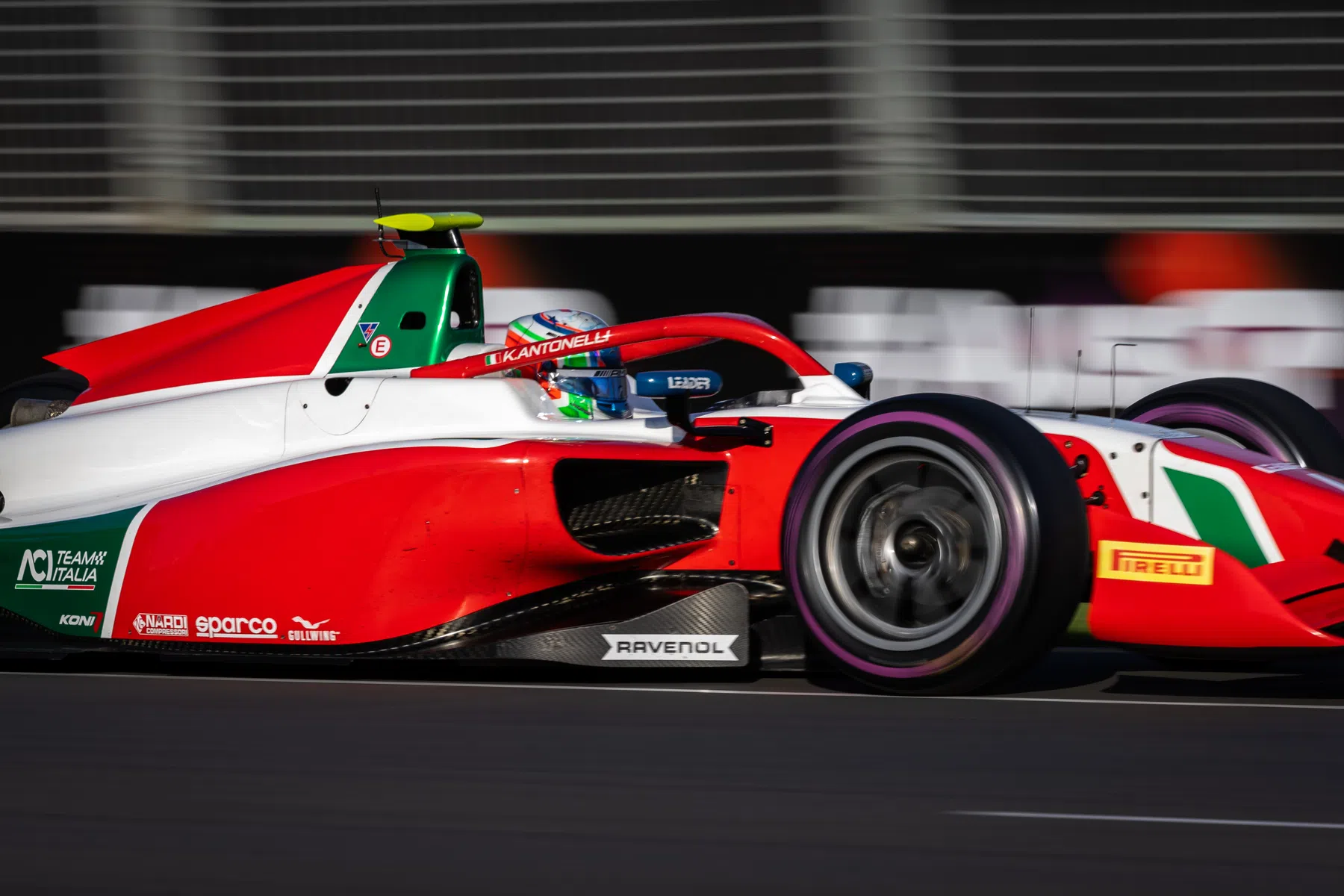
- Ludo van Denderen
Kimi Antonelli and Oliver Bearman could easily be the next two drivers who manage to advance from Formula 2 to Formula 1. These days, the Italian and the Briton are the exception, as it seems to be increasingly difficult for talents to reach Formula 1's premier class. When drivers make the switch from F2 to F1, it is also arranged because they bring a hefty bag of sponsorship money, as in the case of Guanyu Zhou and Logan Sargeant.
With 10 teams on the F1 grid and the huge stakes - which mean that an experienced driver is more likely to be chosen rather than a youngster who is in the midst of learning - one might wonder if perhaps F2 and F3 should do more to find a place for young drivers in Formula 1. Bruno Michel, the CEO of F2 and F3, tells the likes of GPblog about that: "Well it's one of the basic roles of our categories is to prepare drivers to F1 and we are trying to do the best we can with F2 to prepare them with the machinery, with the race track where they're racing, with the fact that they're racing with F1 all the time."
"All the systems that we have in place in F2 that are exactly the same as in F1, like the DRS, like the marketing system, like all these things that we do, which also prepare the drivers as much as possible to Formula 1. And if you look, for instance, at the weekend that Ollie Bearman did in Jeddah [filling in for Carlos Sainz], I think the point was quite well proven and it was very good for all of us. For him, of course, but for all of us as well," Michel said.
Michel happy with free practice sessions for rookies
The Frenchman then points to the development of Oscar Piastri, who is impressing (after a year on the sidelines) at McLaren. And to how George Russell and Lando Norris have become appealing F1 drivers. "F1 is doing already quite a lot now because they're having those multi-tests, which we didn't have before. We have half of the grid in F2 that are belonging to F1 team academies. So all these things is making the link between F2 and F1 extremely increased. Now, at the end of the day, I would say it really depends on the drivers and it really depends on the environment when it gets into F1 and how it's going to work."
Still, the fact remains that there are few spots available in F1 for young talents. For example, the last two champions in F2 were forced to seek refuge in another class. Felipe Drugovich drives the European Le Mans series, while Théo Pourchaire has moved to IndyCar. Michel thinks it is a "good thing" that talents no longer wait indefinitely for F1 and broaden their horizons.
"We all know that there are only 20 seats in Formula 1. In some years, there are zero seats available for new drivers, which has happened for the last two seasons. So for me, it's really good that there's a way out of Formula 2 for those drivers to try to become professional drivers after they've done Formula 2 if they cannot access Formula 1. For the ones who are still in Formula 2 at the moment and are doing tests [in Formula E], I think it’s a good way of getting additional track time as well. The car is very, very different. But we always consider it as a very positive thing that other categories are trying to get our drivers. It's a sign we’re doing a very good job, so for me, it's positive."

